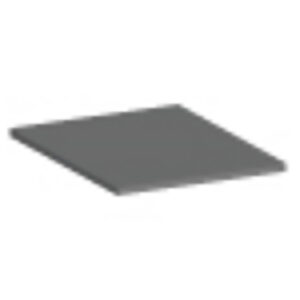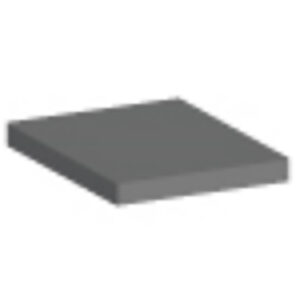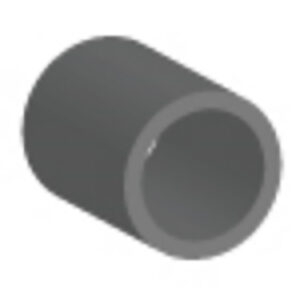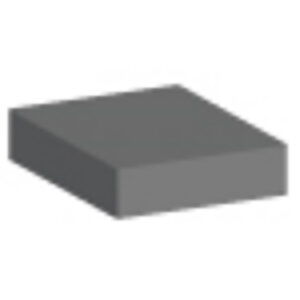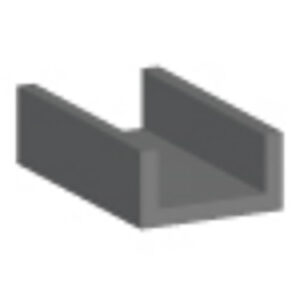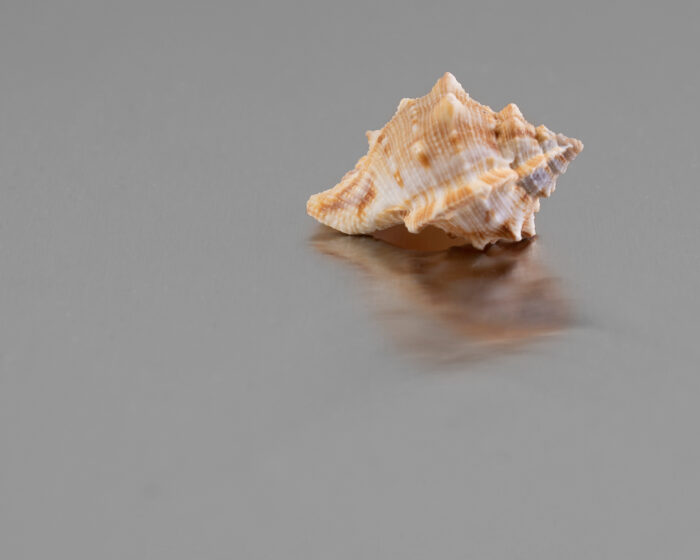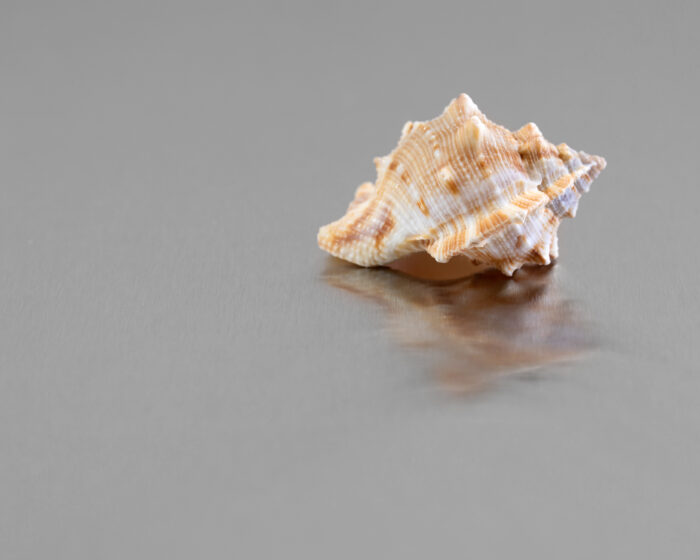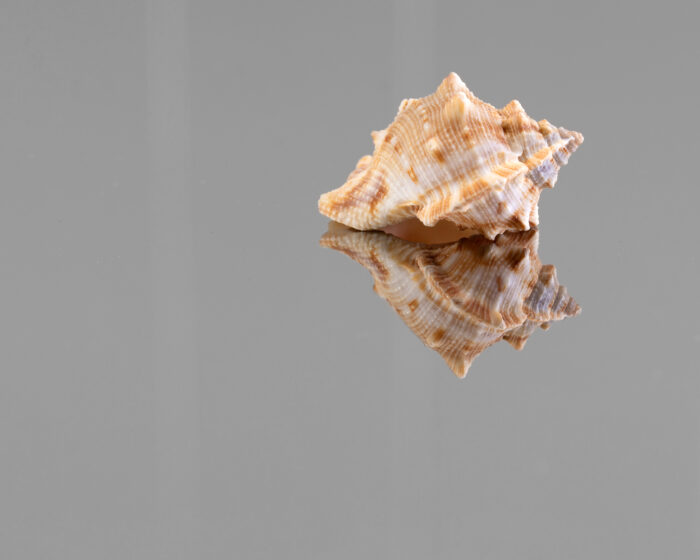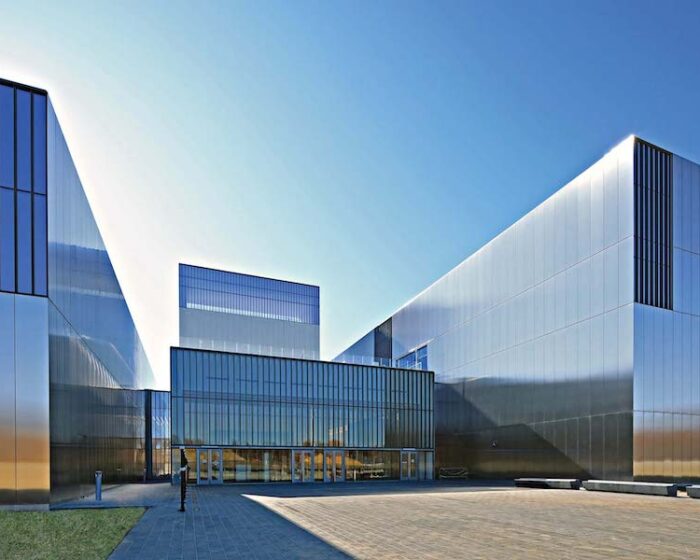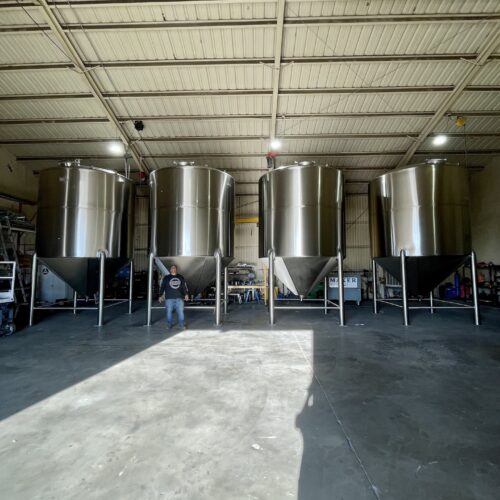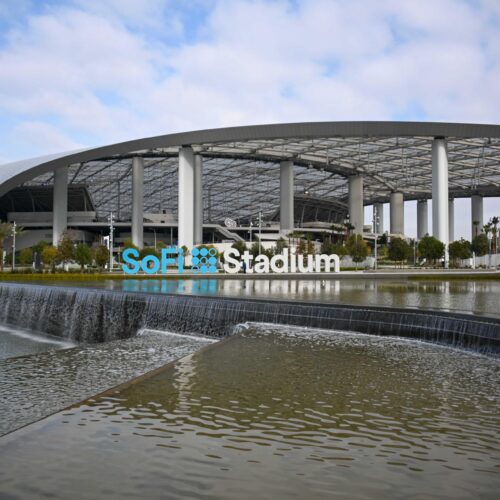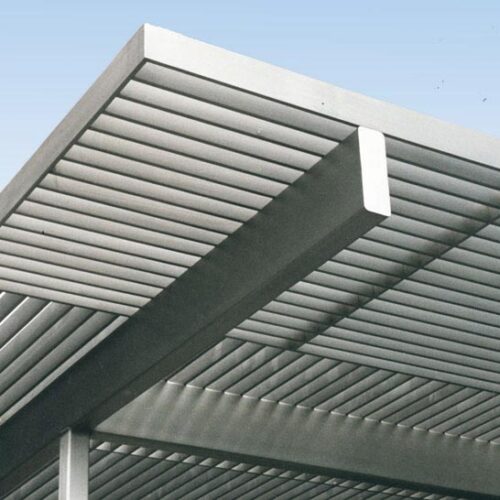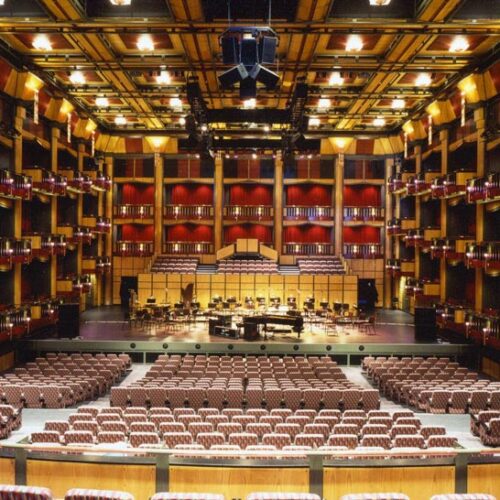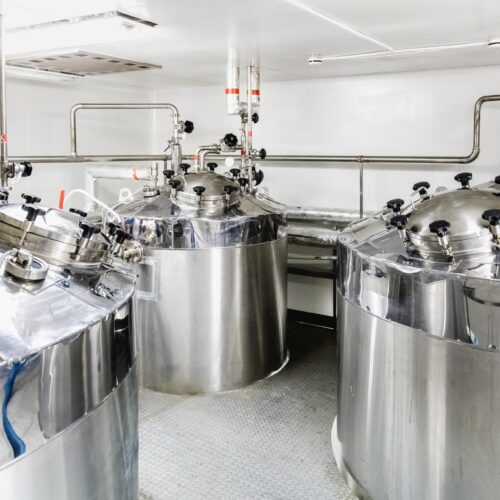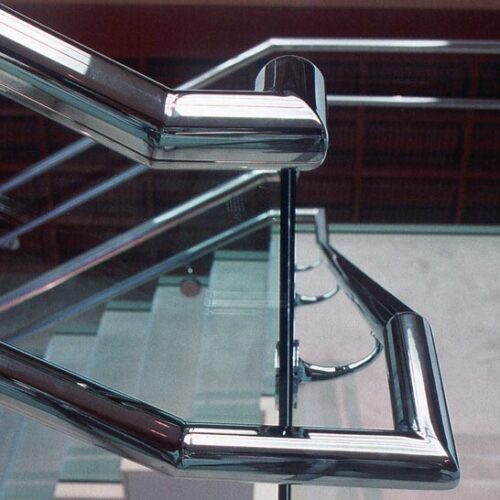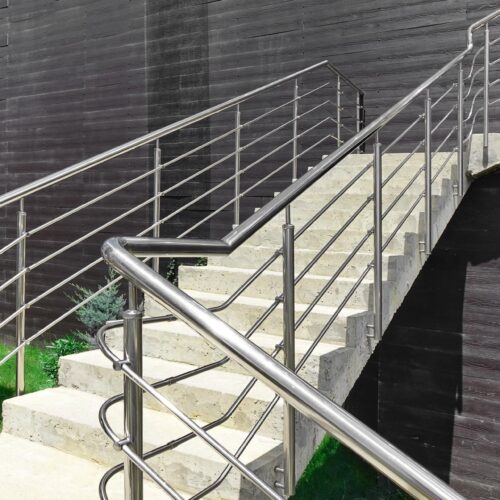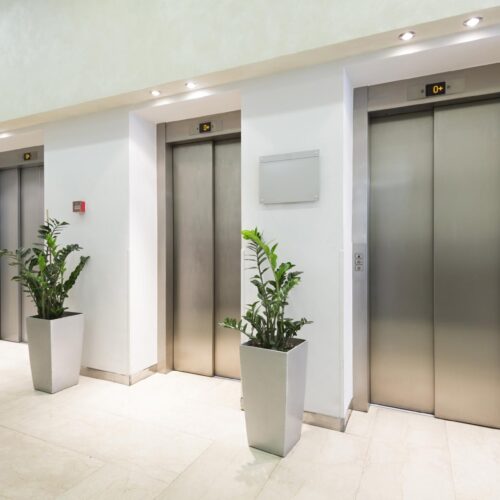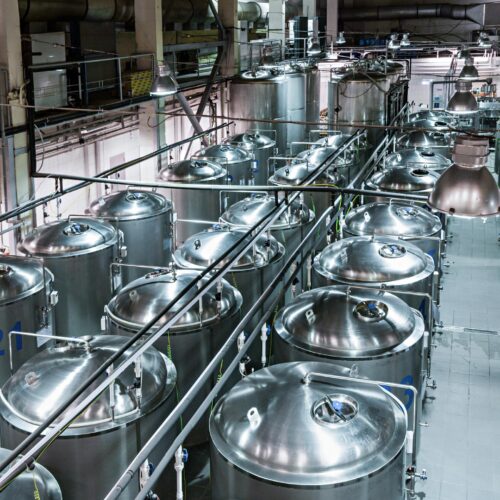History and properties
Bronze has been in use for thousands of years, gaining favor in architectural usage around the Middle Ages. Bronze-clad doors and windows dating back centuries demonstrate the incredible durability of this material. Older examples of architectural bronze also demonstrate its shift in appearance over time, gaining a natural patina that is often intentionally left to develop and lend an elegant look to the buildings that include this metal in their design. While architectural bronze is highly durable and corrosion-resistant, however, it is not generally recommended for marine environments.
Cleaning architectural bronze
Architectural bronze is often left to develop a natural patina. Even so, marks from dirt, grime, fingerprints, and other imperfections can detract from the elegant appearance of this metal. Like other copper alloys, architectural bronze can be restored and cleaned using a solution of 50% lacquer thinners and 50% water. Clean only with the direction of the grain, rather than against. Use a lint-free cloth to clean the surface, then rinse the metal, and finally wipe dry with another clean, lint-free cloth.


